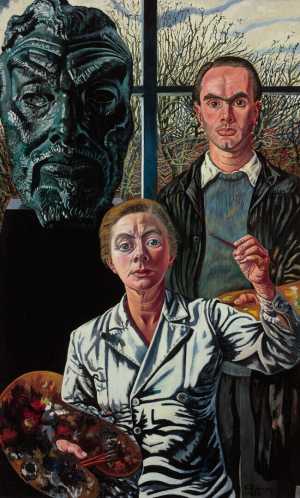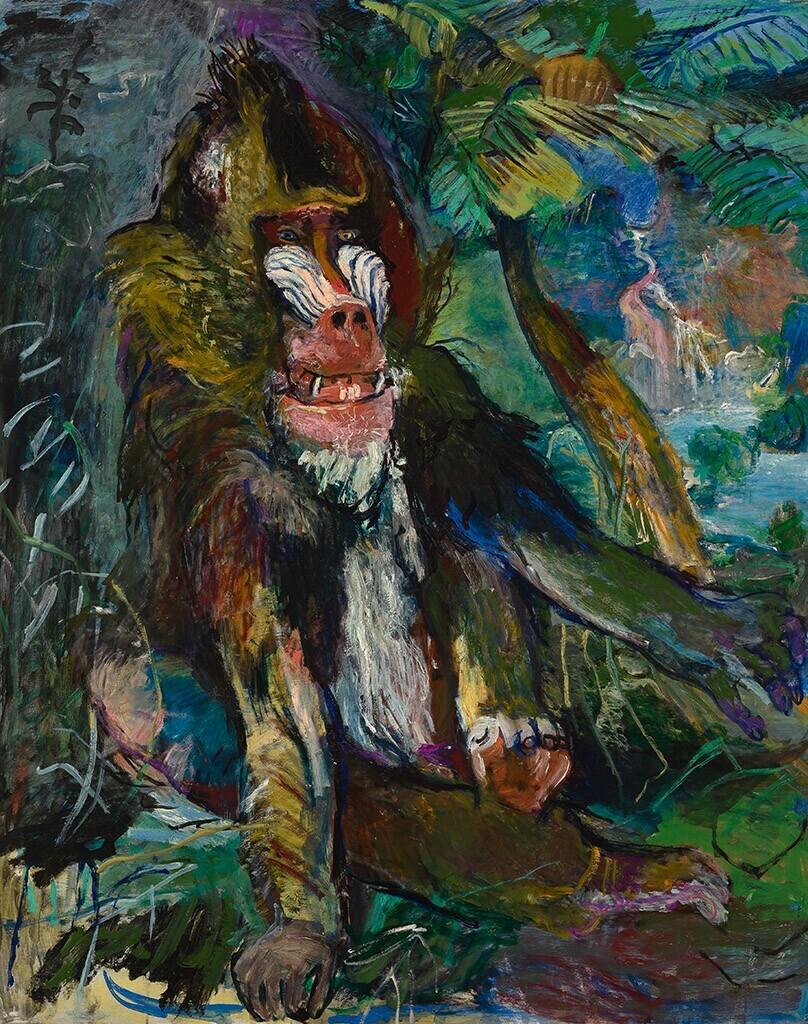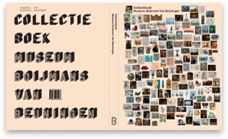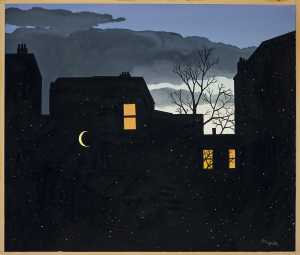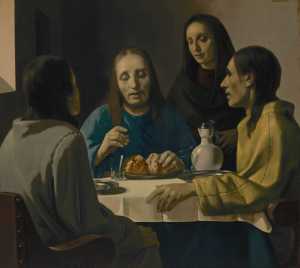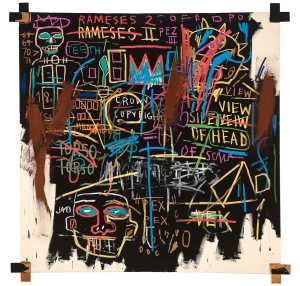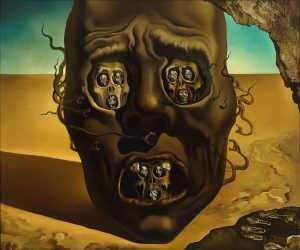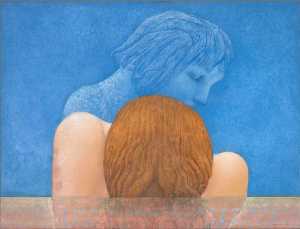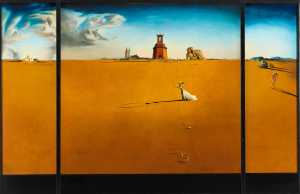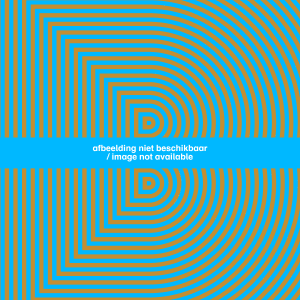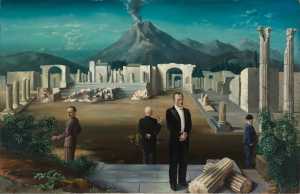Kokoschka painted the mandrill in London Zoo. In his painting he emphasizes the wild, untamed nature of the animal, in a sense giving it back its freedom. Nothing in this painting makes you think of small cages and thick bars. ‘When I was painting him, I saw [that] this is a wild, isolated fellow, almost like a mirror image of myself. Someone who wants to be alone.’

Specifications
| Title | The Mandrill |
|---|---|
| Material and technique | Oil on canvas |
| Object type |
Painting
> Painting
> Two-dimensional object
> Art object
|
| Location | This object is travelling |
| Dimensions |
Width 102 cm Height 127 cm |
|---|---|
| Artists |
Painter:
Oskar Kokoschka
|
| Accession number | 2338 (MK) |
| Credits | Purchased 1950 |
| Department | Modern Art |
| Acquisition date | 1950 |
| Creation date | in 1926 |
| Entitled parties | © Fondation Oskar Kokoschka c/o Pictoright Amsterdam 2018 |
| Internal exhibitions |
Een prikkelcollectie (2000) The Collection Enriched (2011) Oskar Kokoschka - Mensen en beesten (2013) De collectie als tijdmachine (2017) Boijmans Ahoy, drive-thru museum (2020) |
| External exhibitions |
Boijmans x KMSKA. Bruikleen t.b.v. nieuwe opstelling KMSKA (2022) Oskar Kokoschka. Un Fauve à Vienne (2022) |
| Material | |
| Object | |
| Geographical origin | Austria > Western Europe > Europe |
| Place of manufacture | London > England > Great Britian > United Kingdom > Northern Europe > Europe |
All about the artist
Oskar Kokoschka
Pöchlarn 1886 - Montreux 1980
Oskar Kokoschka was born in Austria in 1896 to a Czech family. During his studies in Vienna one of his teachers was the famous artist Gustav Klimt, who...
Bekijk het volledige profiel


